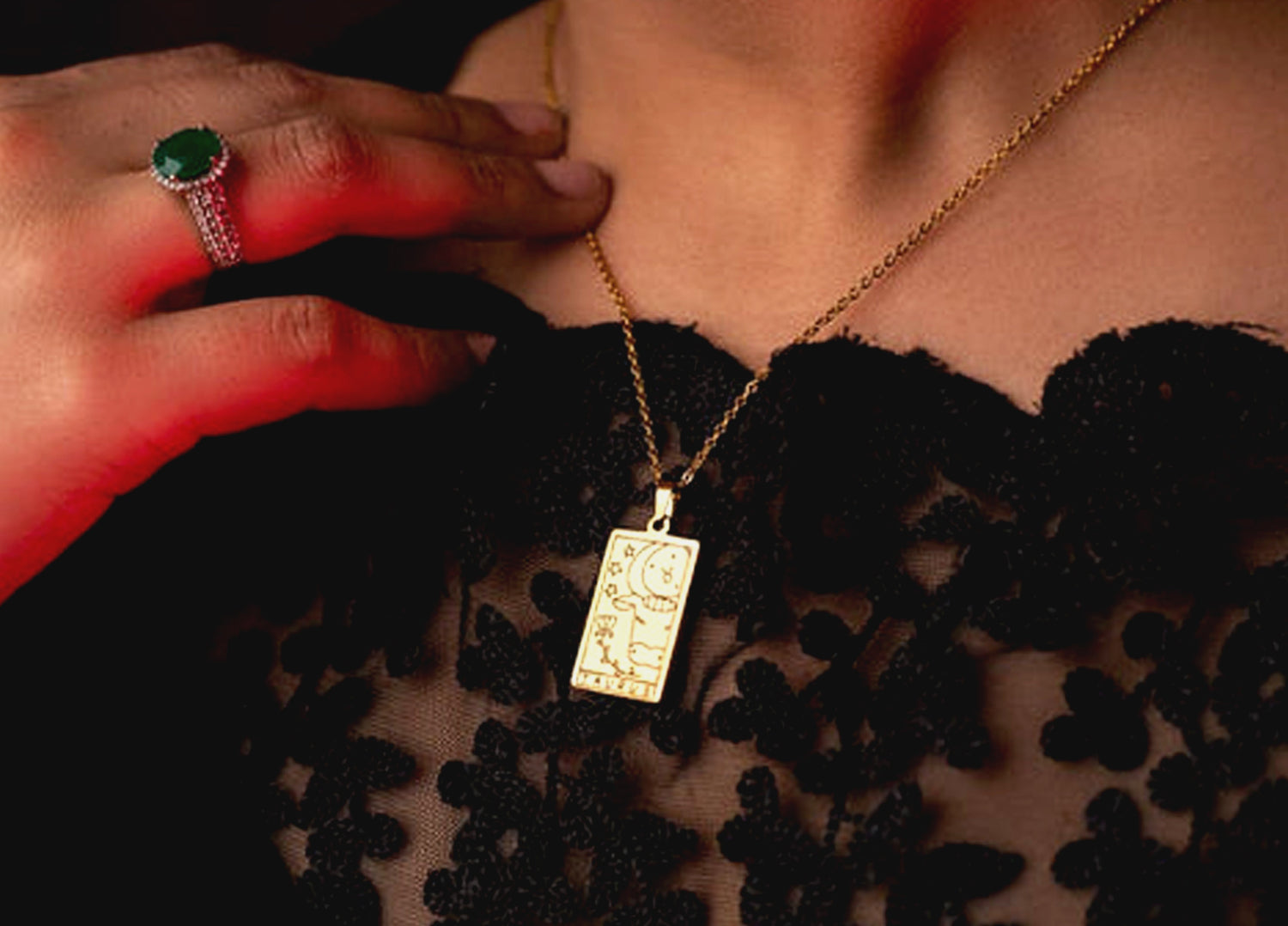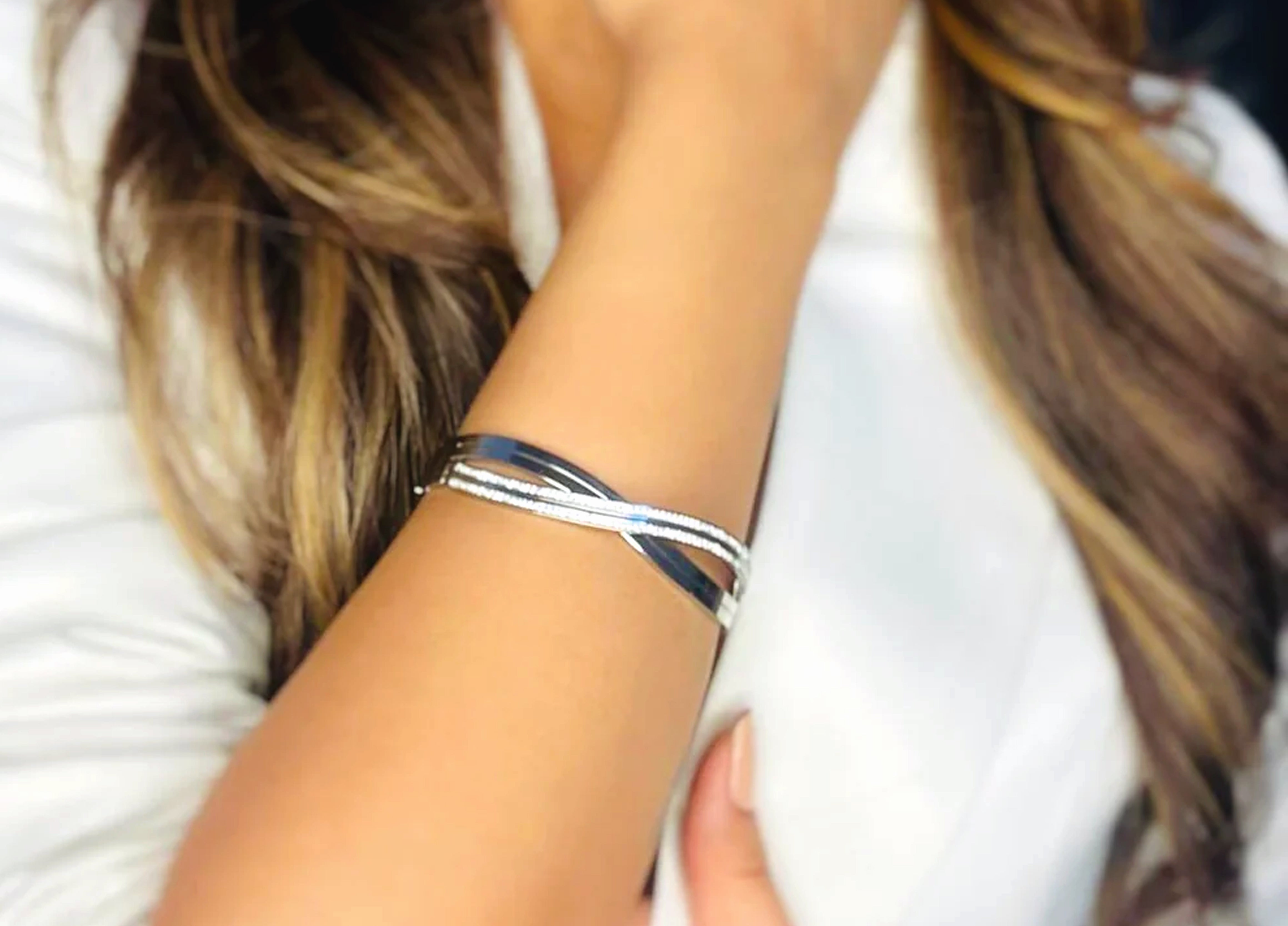Engagement rings are permanent representations of love, commitment, and promise of future life together. The history of the engagement ring is as full and interesting as the sentiment that it embodies, dating back hundreds of years, across cultures, and across tradition. From simple beginnings as a betrothal ring in ancient Rome to today's glitzy diamond ring, the evolution of the engagement ring reflects shifting society, economy, and values.
Ancient wedding bands were frequently produced from materials such as iron or braided hair, representing solidity and unity. The trend caught up in the Middle Ages, especially among European nobility, when gold and precious stones were used to reflect wealth and position. Contemporary notion of diamond wedding ring was solidified in the second half of the 19th century, primarily led by De Beers' iconic "A Diamond is Forever" campaign that seeded the idea of diamonds as the universal symbol of eternal love.
Engagement rings are very personal, ranging from classic solitaires to one-of-a-kind, custom-made designs. They're not just a reflection of the couple's style but also changing notions about gender, equality, and independence in relationships. As old-fashioned as engagement rings may be, they're a very personal milestone — a commitment of love and companionship in contemporary society.
Diamonds: A Sign of Forever
The 20th century marked a turning point as the diamond became more prominent as the centre of engagement rings. This was largely due to the 1947 De Beers advertising campaign: "A Diamond is Forever." This marketing genius then not only identified diamonds with love but also altered people's expectations of what an engagement ring should look like. The solitaire diamond ring quickly became the benchmark, frequently being passed from generation to generation.
Modern Touch
Today's couples desire more than just sparkle; they desire meaning, originality, and expression in their rings. This has fuelled the runaway success of personalized jewellery. From coloured gemstones and vintage-style bands to rings with initials or birthstones, modern engagement rings express the unique story of each couple.
The idea of personalization is not limited to rings only. Sets that include items like engraved silver bracelets or wedding bands that go along with the ring are fashionable these days. These personalizations not only make them stylish, but they also create a closer emotional bond between the jewellery and the wearer.
Birth of a Symbol
Engagement rings have been around for thousands of years. In Ancient Rome, a woman was presented with an iron ring to signify a binding legal contract to wed. Extremely simple and symbolic in design, the early ring was hardly recognizable from the dazzling pieces we see today. The circular shape of the ring appeared appropriate for signifying eternal love and devotion; to this day, this concept holds true.
From Royalty to Romance
By the Middle Ages, the engagement ring had developed into a more elaborate ornament, sometimes set with gemstones. The diamond engagement ring given to Mary of Burgundy by Archduke Maximilian of Austria in 1477 is one of the early recorded instances of diamond engagement rings. This began a trend among European nobility, where the engagement ring also served as a status symbol.
Contrary to traditional engagement rings, other types of romantic jewellery exchanged as tokens of affection could include engraved silver bracelets or lockets. Although not traditional engagement rings, these items had significant emotional value and set the stage for personalized love jewellery.
The Rise of Customized Jewellery
In the present day everything is about the "custom." The trend of customized jewellery implies a set of modern values--an engagement ring containing one rare gemstone, an antique setting with engravings on the back. From a traditional point of view, modern couples are working with the jeweller to create something that speaks about their journey.
A Tradition Revamped
In all traditions, things change, but the essence of an engagement ring has stayed steady: A promise of love, union, and great future. Be it classic diamond or a contemporary poly-sculptural piece paired with an engraved silver bracelet, the symbolism keeps changing with every generation, marking engagement rings as an ever-changing yet timeless celebration of love.
The history of engagement rings is a beautiful blend of tradition, history, and uniqueness. What began as a binding contract has evolved into one of the most cherished romantic customs on the globe. Even though the materials and designs have evolved from iron bands to diamond-studded gems the idea remains the same: a pledge of love and devotion.
Nowadays, engagement rings are as unique as the wearer. The popularity of bespoke jewellery allows couples to tell their love story in their own way — whether it is with an unconventional gemstone, with a hidden engraving, or with a coordinating engraved silver bangle. They are not only symbols of love but also statements of individuality, values, and personality. Looking to the future, the engagement ring will still be changing to adapt to modern trends but still honouring timeless feelings. It is still one of the most powerful symbols of love a small circle with unlimited meaning.
The history of engagement rings is a reflection of the manner in which love, culture, and individuality have evolved over the centuries. From iron bands to extremely elaborate diamond rings, every era has left its imprint on what an engagement ring represents. While the materials, shapes, and customs have changed, the underlying theme is the same — a powerful symbol of commitment, union, and enduring love.
Today, the engagement ring is an expression of individualism rather than a traditional convention. With the invention of bespoke jewellery, couples have the freedom from convention to design rings that are significant and truly their own. Whether they opt to utilize birthstones, include a certain date engraved on the ring, or match a ring with a silver engraved bracelet, the emphasis is now on emotional attachment and storytelling. What makes this process truly beautiful is how adaptable it is. While some still appreciate the loveliness of an antique solitaire, others like to experiment with unique stones, shapes, and designs. Today's engagement ring applauds individuality and honours time-honoured tradition in assuring that love does not fit into a single size.
While wedding traditions evolve, one is certain: the ring remains more than a piece of jewellery. It is an enduring reminder of a promise made with love, worn proudly, and cherished for generations. Plain or flashy, old or new, each ring commemorates a love story that is distinctly its own.




Leave a comment
All comments are moderated before being published.
This site is protected by hCaptcha and the hCaptcha Privacy Policy and Terms of Service apply.